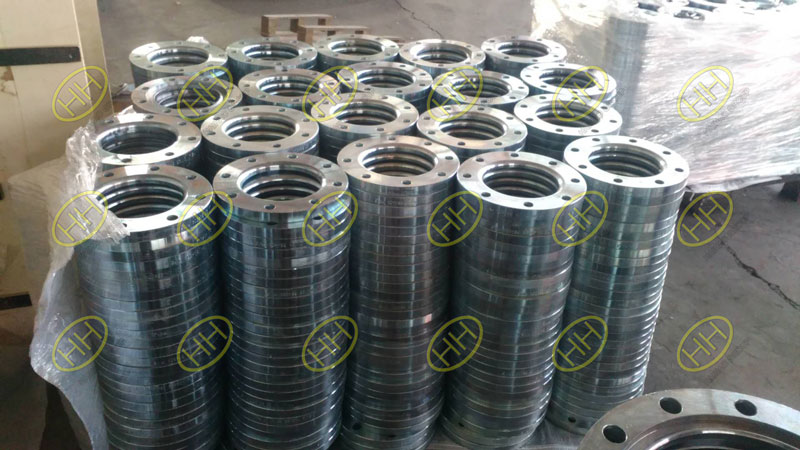Flange connection methods and its characteristics
The main characteristics of flange connection are easy disassembly, high strength and good sealing performance.
Flange connection can generally be divided into five types: flat welding, butt welding, socket welding, loose sleeve, thread.
There are elaborated in detail below:
1. Flat welding: only welding the outer layer, not the inner layer; generally used in low and medium pressure pipelines, the nominal pressure of pipelines is less than 0.25 MPa. There are three kinds of sealing surface of flat welded flange, which are smooth, concave-convex and mortise-groove. Smooth flange is the most widely used, and its price is substantial, and its cost-effectiveness is high.
2. Butt welding: The inner and outer layers of flanges should be welded. Generally, they are used in medium and high pressure pipes. The nominal pressure of pipes is between 0.25 and 2.5 MPa. The sealing surface of butt-welded flange connection is concave-convex, and the installation is complicated, so the labor cost, installation method and auxiliary material cost are relatively high.
3. Socket welding: generally used in pipes with nominal pressure less than or equal to 10.0 MPa and nominal diameter less than or equal to 40 mm.
4. Loose sleeve: generally used in pipelines with low pressure but corrosive medium, so this kind of flange has strong corrosion resistance, and the material is mainly stainless steel.
This connection is mainly used to connect cast iron pipes, rubber-lined pipes, non-ferrous metal pipes and flange valves. Flange connection is also used to connect process equipment and flange.


